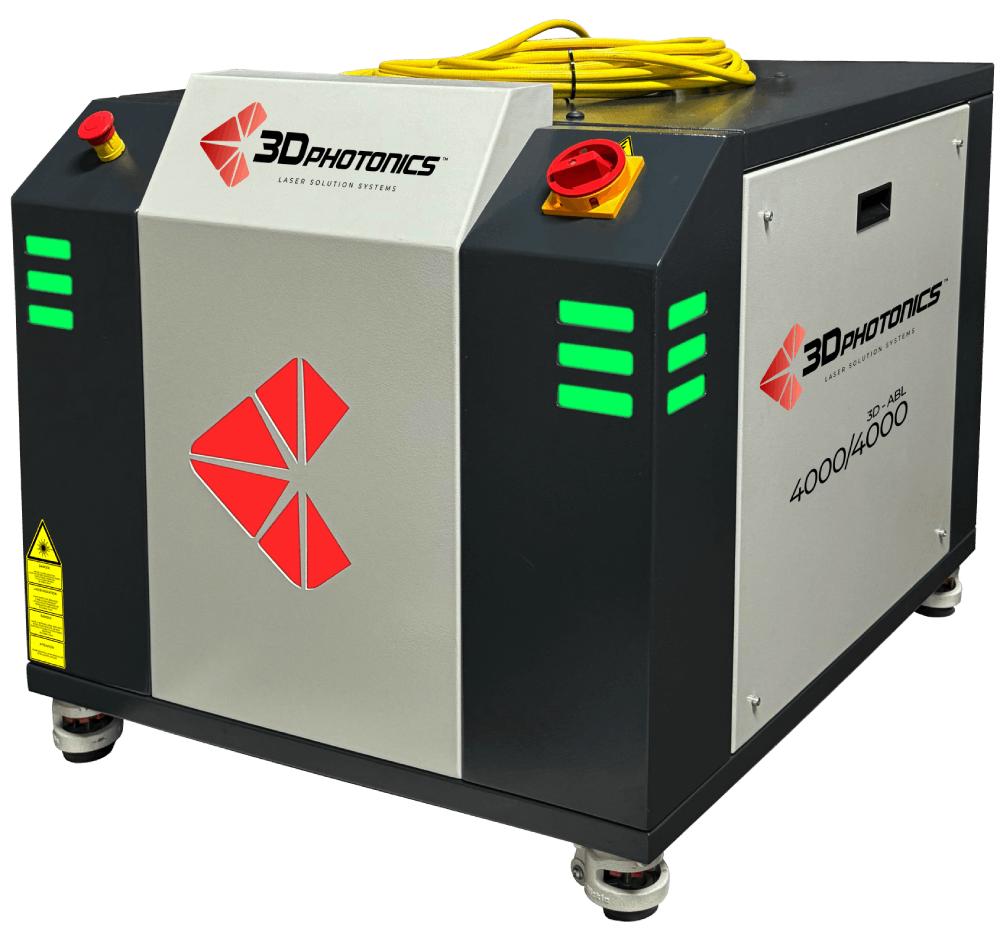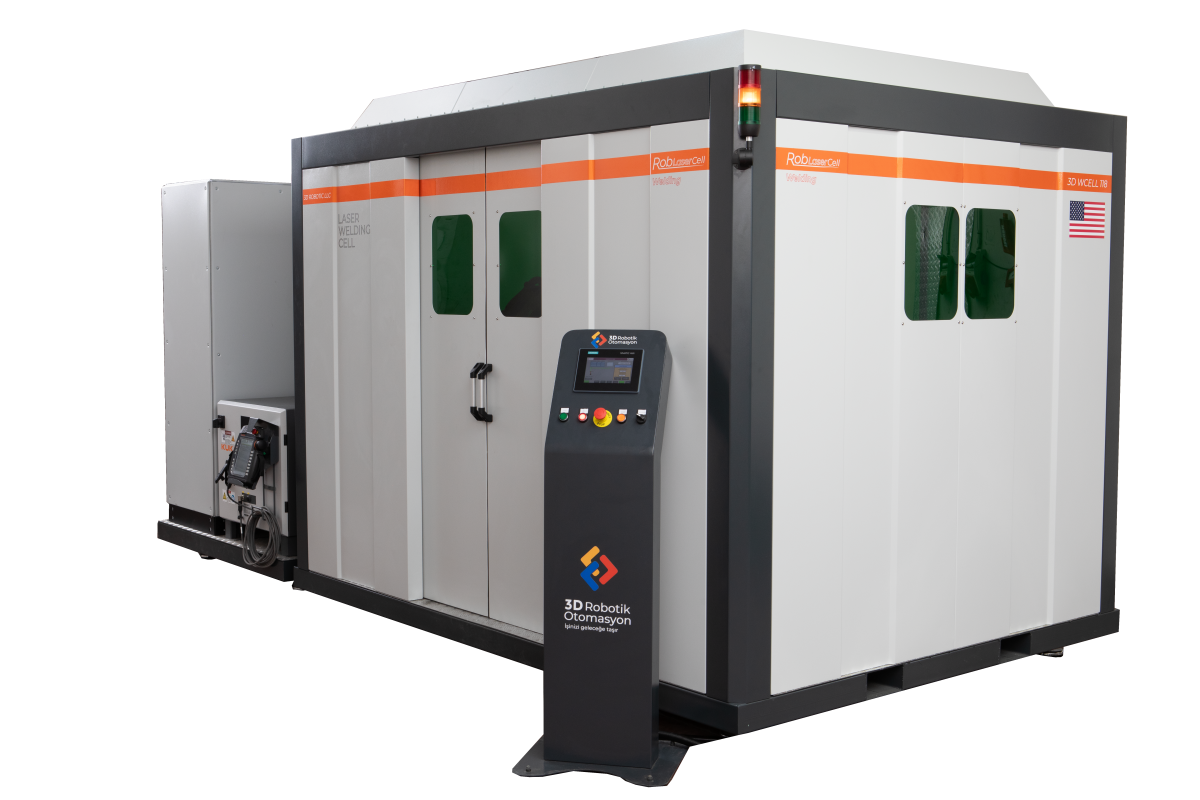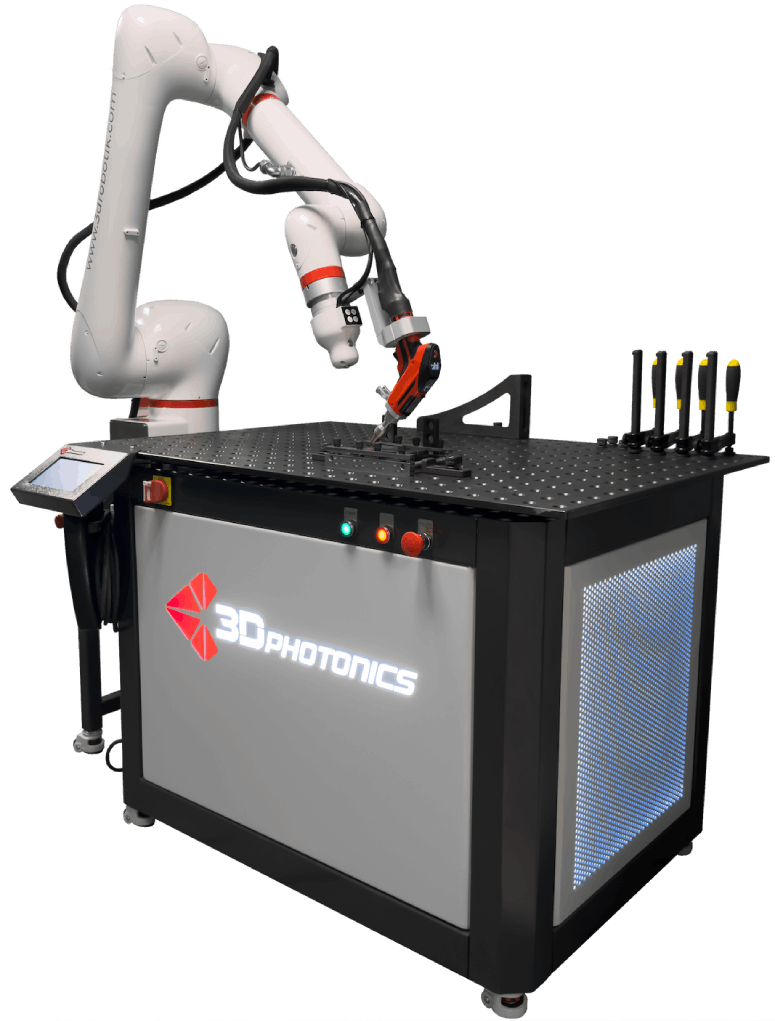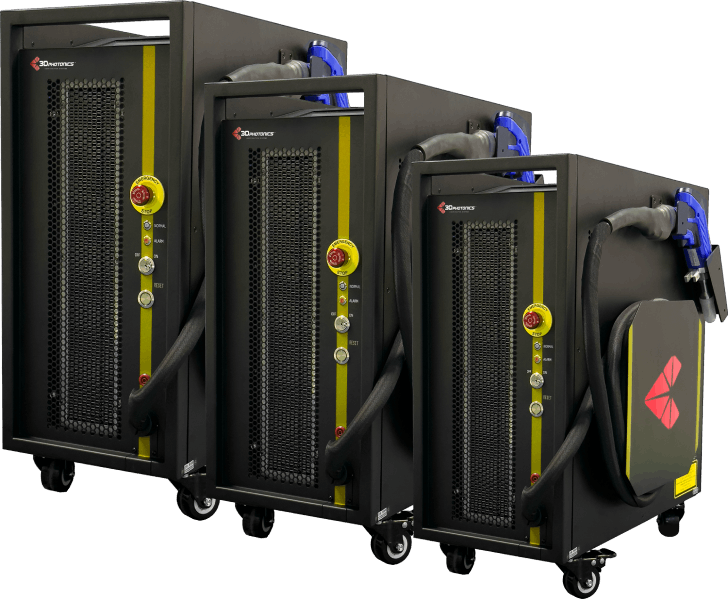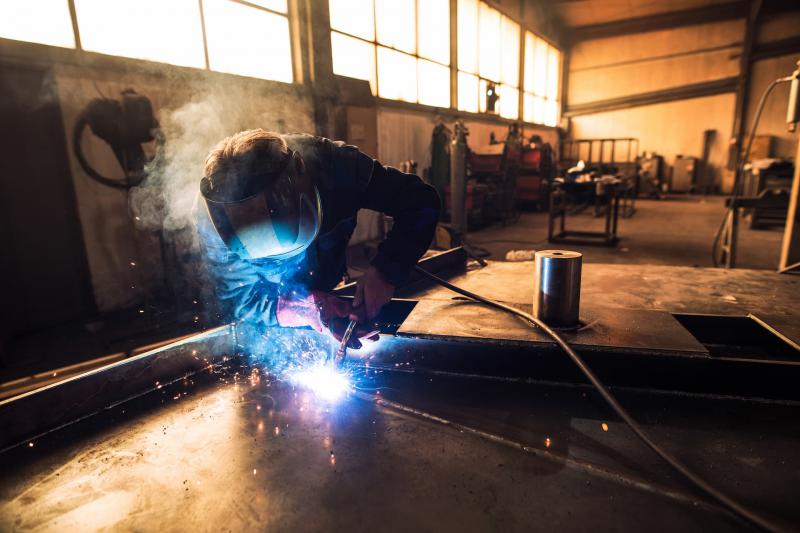
Fiber laser welding has become the go-to solution in modern industry for achieving high-strength, deep penetration welds with exceptional precision. But what exactly makes this technology so powerful? Let’s explore how deep penetration and thermal control come together to redefine quality in production.
What is Deep Penetration and Why Does It Matter?
Deep penetration refers to the weld reaching far beneath the surface, ensuring a stronger and more durable joint. This is especially vital when working with thick materials that require structural integrity.
- High mechanical strength
- Longer-lasting welds
- Reduced welding errors
Role of Fiber Lasers in Deep Welding
Fiber laser welding systems deliver a highly concentrated energy beam, enabling maximum depth with minimal heat-affected zones.
| Technology | Penetration Depth | Thermal Impact |
|---|---|---|
| Arc Welding | 2–5 mm | High |
| CO2 Laser | 5–8 mm | Moderate |
| Fiber Laser | 10–20 mm | Low |
Thermal Balancing for Material Protection
Thermal balancing helps prevent distortions and cracks during welding. With fiber lasers, real-time temperature control is achievable, ensuring material integrity throughout the process.
Benefits:
- Minimal spatter and burr
- Cleaner weld seams
- Less need for post-processing
Industrial Applications
Thanks to deep penetration and thermal control, fiber laser welding is ideal for precision-driven industries such as automotive, aerospace, medical devices, and defense.
A Smarter Way to Weld
For companies looking to surpass the limitations of traditional welding, fiber laser technology offers speed, accuracy, and strength. Deep welds and thermal balance combine to deliver unmatched production quality.
Ready to take your production to the next level? Discover the benefits of fiber laser welding today.
Frequently Asked Questions
What is fiber laser welding?
It’s a method of joining metals using highly concentrated laser beams for durable, precise welds.
Why is deep penetration important?
It ensures the weld is stronger and more durable, especially for thick materials.
How does thermal balancing help?
It minimizes heat distortion and prevents cracks in the material during welding.
Which industries use this technology?
Automotive, aerospace, medical, and defense sectors benefit from fiber laser welding.
- Operator Training in Handheld Laser Welding: How It Impacts Efficiency
- Error Detection and Preventive Maintenance in Automated Laser Welding Lines
- Fume and Particle Filtration in Laser Welding: What to Know for Workplace Safety
- AI-Driven Manufacturing with Photonics: Possibilities and Applications
- Next-Generation Solutions in Industrial Laser Cooling Technologies
- Is Zero-Loss Possible with Energy-Efficient Laser Production Lines?
- Laser Marking or RFID? Advantages of Traceability Technologies
- How Do Automatic Wire Feeding Systems Work in Laser Welding?
- Deep Penetration and Thermal Balancing in Fiber Laser Welding Technology
- Fast Production Advantage with Handheld Laser Welding Machines
- 5 Technical Criteria Defining Quality in Laser Systems
- How to Improve Energy Efficiency with Laser Welding?
- Photonics and Automation: Your Guide to Smart Manufacturing
- Product Protection Against Counterfeiting with Laser Marking Systems
- Can Handheld Laser Welders Reach Tight Spaces?
- Choosing Industrial Laser Systems: Power, Efficiency, and Compatibility
- The Role of Cooling Systems in Laser Welding Technology
- Why is Photonics Important? A Rapidly Growing Industry in Turkey and the World
- Handheld Laser Welding: Why It's the Smart Choice for Mobile Applications
- What is Laser Marking? Permanent and Secure Tracking in Production
- Laser Welding Systems: The New Standard in Metal Joining
- Revolutionizing Manufacturing with Photonics Technology: Light that Shapes the Future
- Things to Consider When Using Handheld Laser Welding Machines
- How to Achieve High-Precision Manufacturing with Laser Systems?
- What is Handheld Laser Welding? How Portable Power Transforms Industry
- 3D Photonics Successfully Unveils ABL-SM Laser Series at AMC 2025!
- 3D Photonics Named Platinum Sponsor at AMC 2025 Conference
- Why Choose 3DPhotonics? Strong Technology Partnership for Your Projects
- From Education to Industry: Fields Covered by Photonic Technologies
- Is Sustainable Production Possible with Laser and Photonic Solutions?
- Is Micron-Level Processing Possible with Lasers? How It's Achieved
- Recent Developments in Fiber Laser Technology
- 5 Key Factors That Define Quality in Optical Systems
- What Is Laser Marking? Permanent and Reliable Traceability Solutions
- Using Spectrometers in Industrial Applications
- Laser Cutting vs CNC: A Comparative Guide
- Optical Solutions in 3D Manufacturing: The Power of Precision
- The Role of Laser in the Defense Industry: Next-Generation Security Technologies
- What Are Optical Filters Used For? The Impact of Right Selection on Production
- FABTECH Chicago, September 8-11, 2025
- 3D Photonics at FABTECH 2024: Showcasing Advanced Laser Technologies for Industrial Applications
- 3D Photonics Showcases Innovative Laser Solutions at EUROBLECH 2024
- What is Photonics?
- Robot Investments Summit | 20-23 December | Istanbul
- 16. Blechexpo | 7 - 10 November | Messe Stuttgart

